Mt. Adams and the Columbia River areas.....
|
One of my favorite sub-sites on ADVrider.com (registration required) is the VFR thread. As long as it involves VFR's anything goes, and VFR owners from all over the globe contribute. And sometimes we're treated to some glimpses of enviable riding spots, like these courtesy of BarKnee from Portland, Oregon. Mt. Adams and the Columbia River areas..... (click on an image to enlarge)
0 Comments
Wayne Rainey was one of Honda's many fabled racers, and along with Bubba Shobert and Fred Merkel netted Honda the AMA Superbike titles from 1984 through 1988. Wayne also rode for Yamaha and Kawasaki and was, in fact, the 500cc World Champion three times (!). But it was the intense track rivalry between Rainey and Kevin Schwantz that made those Superbike races the stuff of legend, and the VFR was the weapon of choice.
 Click on image for the eBay link. Click on image for the eBay link. Here's an item I don't see come available often. This is a Staintune muffler to fit the 1990-93 VFR750. Staintune is a well-known family-owned brand from Australia that's been in the moto exhaust business for 30 years. Their pipes are manufactured from stainless steel and sure are good-lookin'. This pipe has been previously used but looks like new. It will bolt right up to the stock system. I don't have any personal experience with the noise level of these pipes, but I'm sure it'll wake up the inner growl of your V4. Hurry, auction ends Wednesday.  Here's a technique I use to help save the upper mounting tabs on the '86-87 side fairings. These two fairings sit below the seat and cover the battery and fuel pump areas. They use two pop-in plastic tabs and a lower Dzus to mount them. The problem is that the upper tab is always a very tight fit and after 30+ years they will often break off if forced. Tip: To remove the fairing I always push the tab from behind with a padded tack remover blade levered against the fuel tank while gently pulling from the front side (pictured below, without the tank in place). My fix is to enlarge the grommet hole, which will allow the grommet to expand, giving a larger space for the tab. With the panel removed, I pull out the rubber grommet and use a round file to enlarge the hole by a few millimeters. The round grommet will still fit and the fairing's tab will now slide in and out with much less drama. If it's still tight, I add a bit of grease or greaseless lubricant to the grommets. (click on an image to enlarge) I came across this VF750S Sabre build on the interwebs some time ago. I was impressed that someone chose the Sabre platform for this street tracker/cafe racer custom — the bulky V4 with shaft drive can't be easy to convert to a genre that's synonymous with lightness and minimalism, but there's a boatload of CX500 customs out there that belie that point. I'll have to say our guy pulled it off pretty well. The drivetrain, tank and exhaust are original pieces, but that's about it. Modern upside-down forks, bobbed tail and the change to a proper round headlight are all incorporated pretty well, but the icing on this cake has to be the wire wheels laced up to hubs that were never intended to see spokes. To my eye: The original air shock out back would look better with a traditional coil-over, the kickstand foot should be trimmed, the stock mufflers aren't quite to scale, and I prefer the look of a bobbed front fender, but the great thing about a custom is that there's no rules but your own. Nice work.
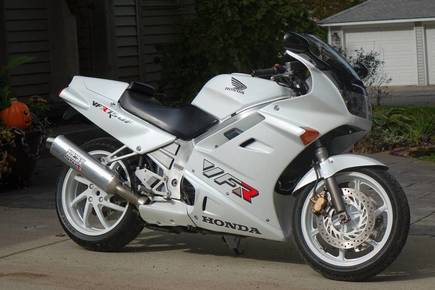 Click on image for the Craigslist link. Click on image for the Craigslist link. What: 1993 VFR750F Where: West Bloomfield, Michigan Why: Low miles, approaching collectible Price: $4800 Of the third through eighth-generation VFRs, arguably the rarest is the 1993 model available only in resplendent Pearl Crystal White. This is the final year of the third-gen VFR, and is sought after for its standout visuals in a sea of Honda reds. White wheels had had their day and this would be the last VFR with that distinctive trait. And later model owners covet the eight-spoke rear wheel, which retrofits through the sixth-gen bikes. This generation (RC36) introduced major changes from the U.S. spec RC24/26 bikes, including the single-sided swingarm, 17-inch wheels, revised cylinder head design and more. Additional weight was also part of the equation, which was remedied with the forth-gen refresh. This example is available in the Detroit area, shows only 15,750 miles, and sports a Vance & Hines 4-into-1 muffler. Otherwise stock looking, the rear fender has been bobbed and the U.S.-spec external turn signals incorporated into the tail light assembly, a common modification which tidies up the rear nicely. The seller indicates all stock parts are included and describes the bike as "super clean" with "no issues." The photos show nearly perfect paintwork and the wheels look so good that I verified with Jeff, the seller, that they've not been refinished and, in fact, all the paint is original. The left fork leg shows a paint shadow from a previous sticker. The asking price of $4800 is easily double that of the average third-gen VFR. But, the year, miles and condition of this one certainly place it above average. As always, the buyer will need to decide if the value is there. When the paint guys on Overhaulin' or Speed Is The New Black need to get their paintwork to show car standards, they use a technique called "cut 'n buff." It's a labor intensive process of smoothing out the top layer of paint (typically clearcoat) in order to remove the lumps, bumps and imperfections to leave a smooth surface, which is then machine-buffed to a high gloss, which the eye sees as a mirror finish. The "cut" portion is done with very fine grades of wet-sanding paper. It's a learned skill — too little and the finish isn't the best it could be, too much and you've sanded through the clear into the color or primer. The "buff" is accomplished with machine buffing using specific grades of cutting compounds, followed by machine polishing. On my projects my goal is always to bring the original paintwork up to the highest level I can. Part of this might involve touching up nicks and scratches, but the real magic can be achieved with a process similar to cut 'n buff, which I learned as "color sanding." The concept is the same, but the idea with color sanding is to remove just enough damaged paint to get down through the decades of scuffs, surface scratches and environmental damage — sun, pollution, petrified bugs, whatever. 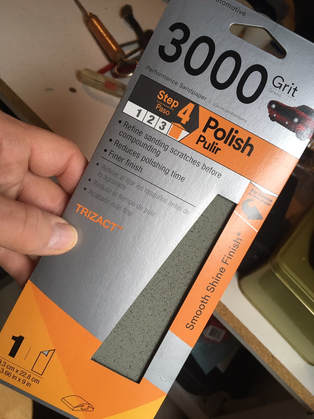 For the sanding portion of the process I use the finest grit I can get away with, working my way to a final sanding with 5000-grit. 3M provides wet-sanding paper and sponges up to 5000-grit. I begin with the 2000 or 3000 and go rougher only when necessary. After cleaning the part to be color sanded, I fill a small, clean pail with fresh water with a few drops of dish soap added. With frequent dippings into the water, I gently wet-sand the entire painted area then wipe dry with a clean cloth to check my progress. A deeper scuff may require a stronger grit, remembering that the goal is to achieve the greatest effect but without sanding through the clear coat. This is especially true with pearl paints because the pearl coats are applied on top of the color and sanding away the pearl changes the hue of the finish color. And, I have to accept that some "patina" just can't be sanded away, but in any event the piece as a whole will end up glossier with more vibrant color — hence the term "color sanding." Practicing on an old part will give a good feel to how much sanding you can get away with before damaging the part with excessive sanding. Below are a couple of examples of common fairing scuffs that will come right out with a gentle sanding. (click on images to enlarge) (Below) This process works just as well on plastic fixtures like tail light, turn signal and headlight lenses. Here I'm using 1000-grit paper on a tail light lens, which I will follow up with 1500, 3000 and 5000. Yeah, it's a lot of sanding. (Below) For the buffing portion of this process I use my Griot's Garage small orbital polisher with 4-inch buffing pads. I have a selection of compounds but my go-to is Meguiar's Mirror Glaze #83, followed by Meguiar's Ultimate Compound. I finish up with a quality wax, hand applied. This is yet another behind-the-curtain example of the hours of work required to bring these machines back to their best. (Below) Some of the finished product.
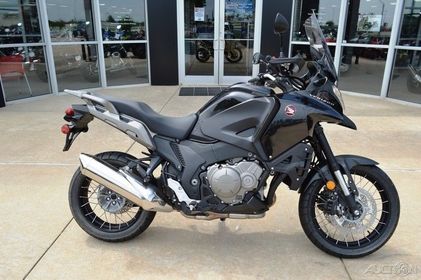 Click on image for eBay link. Click on image for eBay link. What: 2016 VFR1200X Where: Shawnee, Oklahoma Why: Great price on a great bike Price: $9999 From Shawnee Honda near Oklahoma City, OK, comes this left-over VFR1200X from their demo fleet. Known as the Crosstourer in other markets, the 1200X appeared in the U.S. in 2016. The model was instantly overshadowed by Honda's own Africa Twin which was more suited to actual off-road use than the X and enjoyed instant success. The 1200X offers lots to like including ABS, three electronic ride modes, optional DCT, shaft drive and more. In various road tests, the X seems to shine as an upright, comfortable, mile-eating sport tourer more so than a genuine dual-sport. With an original MSRP of $15,600 this one is a real bargain....with factory warranty! Here's a useful road test from Ultimate Motorcycling.  Click on image for the eBay link. Click on image for the eBay link. Here's a period accessory that doesn't come up to often. From beautiful Lompoc, California comes this GIVI luggage rack assembly to fit the forth-gen VFR, 1994-97. Hard bags were not a factory option for these bikes, so this is a great alternative to get more "touring" in your sport touring. I'm guessing any Monokey Givi bag will fit these racks. The seller notes that a small part needs replacing and offers the part number. Bidding starts at $130. |
THE SHOP BLOG
|
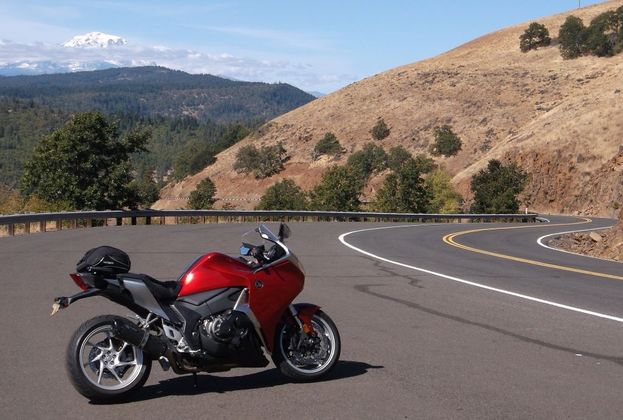




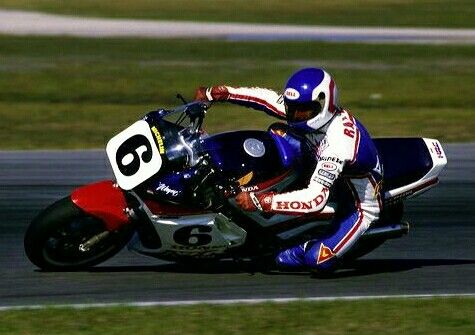

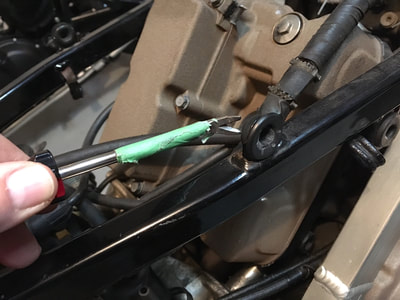
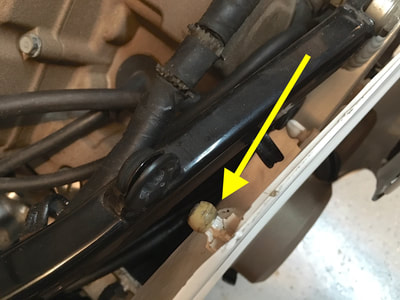


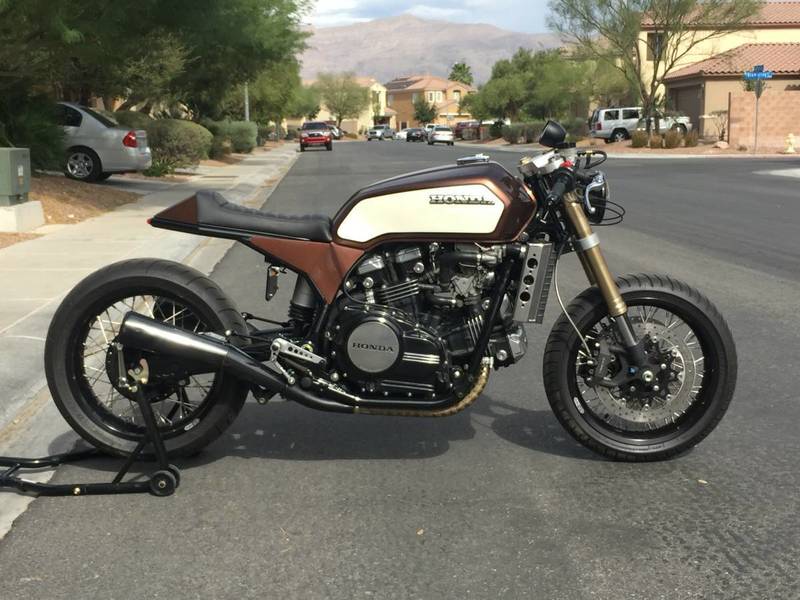












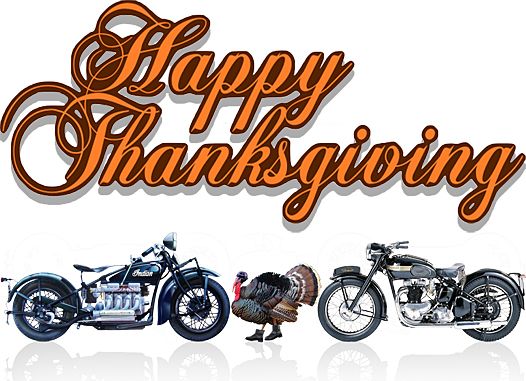


 RSS Feed
RSS Feed